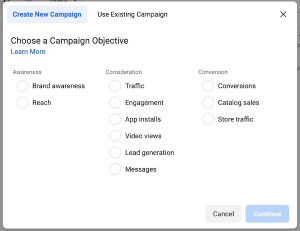
Leadership IQ released a study called “Optimal Hours with the Boss.” It’s an insightful report based upon research conducted with more than 30,000 executives, managers, and employees in North America.
The results understandably made news. The findings are profound:
“The median time people spend interacting with their leader is 3 hours. But 3 hours spent per week interacting with one’s leader is not enough. For the 32,410 people in this study, the optimal amount of time to spend interacting with one’s leader is 6 hours.”
This is helpful information indeed and a welcome metric for managers who are increasingly looking to quantify not just their results but also their efforts. Meeting the six-hour mark yields significant returns in the form of engagement, motivation, inspiration, and innovation according to the study.
A dimension of the report that has received little attention, however, addresses how much time managers and executive need with their own leaders.
- “Executives experienced their highest levels of inspiration when they spend 7- 8 hours per week interacting with their leader.”
- “Middle managers felt their highest levels of inspiration when they spend 9- 10 hours per week interacting with their leader.”
And it all makes sense. Classic research by Deci and Ryan discovered that “connection” is a psychological need that employees bring to the workplace. And studies by Gallup and countless others continue to confirm the vital importance of the relationship between employees and their direct supervisors.
What’s not addressed in the Leadership IQ study is a research question that may be even more important than quantifying how much time employees need to spend with their bosses:
How much time do bosses need to spend with their employees?
I’ll bet the number of hours would be greater because leaders get more from their exposure to and time with employees than the other way around. Face time (or even quality online time) delivers myriad benefits:
Personal satisfaction. Time spent with employees generally enhances a leader’s job enjoyment. It reminds them about why they stepped up to management. For most, it was to make a difference with people — certainly not for the glamour and all the forms! Time spent with employees is energizing and invigorating.
Trust building. Time shared together can be the fastest path to enhance trust. It builds credibility and helps employees experience leaders as real people. This kind of confidence and trust go a long way toward earning a little slack with the going gets tough.
Fresh perspectives. Time spent with employees is a powerful reality check. Assumptions quickly crumble when faced with the day-to-day reality. Leaders stay plugged in, fresh and connected when they invest time with their staffs.
Talent optimization. Time together helps develop a deeper understanding of who knows what, who can do what, and who wants to know/grow/do what. As a result, leaders are better prepared to customize delegation and development planning to optimize the talent on their teams.
Business insights. Employees are the ones closest to the work and the customers that the work serves. As a result, they’re most attuned to the opportunities to improve process, innovate products and more. Smart leaders uncover such possibilities through the quality time they spend with others.
Given these important personal and business benefits, it serves leaders well to remember that the time they spend with employees is likely the highest-value investment they can make. It delivers the employee outcomes outlined in the Leadership IQ study, and it boomerangs back with even more positive effects for leaders themselves.
It’s all just a matter of time.
What about you? How much time do you spend with your employees? Is it enough?
Image: (c) Can Stock Photo / eric1513
Business & Finance Articles on Business 2 Community(80)









